Today is Mosque day, and we set out to see a number of them.
I am still battling my cold which has left me sneezing and coughing through the last week of our Turkey tour, and now I bring it to Istanbul. It is very hard when you are travelling to stop and look after yourself properly. However, I am drinking about a liter a day of orange juice and trying to get my rest. Istanbul has proven to be cool – we are averaging a daily high of about 20° and are layering the clothes on to keep warm in the wind. According to the International Herald Tribune, we are maintaining the same temperatures as Toronto. We again, seem to be followingspring.com but today, the Grand Mosques of Istanbul!
One Mosque Off the Beaten Track
Our unofficial itinerary today will take us to two of the most famous mosques in Istanbul and one that is a little off the beaten track. We walk up and across the top of Sultanahmet (where we are staying) and wind our way to the Grand Market, avoiding the aggressive touts, down through the local markets; first clothing, undergarments, and pajamas through hardware, plumbing supplies, shoes, and paper goods. Twisting, narrow streets lead into more twisting narrow streets until we end up by the harbour and the Egyptian Market, more commonly known as the Spice Market. We wander through to the usual choruses of “where are you from” and “can I ask you one question” until we exit through to a small back alley, teeming with mostly local men sipping chai, selling used shoes and worrying on their worry beads.
Inside the Rustem Pasa Mosque
John finds the seemingly hidden staircase that takes us up to the terrace of the virtually deserted Rustem Pasa Mosque. This mosque was built in 1561 by the Grand Vizier to Suleyman who, in turn, had built the Suleymaniye Mosque.
It was not proper for the Grand Vizier to build a bigger mosque than his boss, so he decided to build a more splendid and ornate mosque.
And he did. Famed for its beautiful Iznik tiles, the Rustem Pasa’s interior is covered in beautiful whites, blues, and reds, including the dome. It is an intimate yet glorious space that sparkles as the light reflects off the tiles. As in all these mosques, the huge circular chandeliers (once oil burning, now electrified) sit just above head level, attached to the dome some 20 meters up. The ancient grandfather clocks sit in the corner, signaling the prayer callers to their daily calling. We spend a lovely, solitary half-hour strolling around until we head back to the terrace and put our shoes back on, ready for the next one.
And now, the Blue Mosque
We head back up and head to the Blue Mosque, aptly named because of the blue tiles that abound. This is one of Istanbul’s most famous tourist sites and today is no different. We are trying to beat afternoon prayers so we rush through the gardens and up to, the main steps. We are approached by a young gentleman in a grey suit named Murat, who does the “talk” and then proceeds to give us the 5 cent history of the mosque. As had been the case many times in India, I am expecting to have to pay the guy for his limited knowledge. He tells us he will wait for us when we are finished.
The Sultanahmet Imperial Mosque or Blue Mosque, built between 1609 and 1616, is much bigger than the Rustem Pasa and easily recognized from various vantage points in Istanbul by its unique six minarets. Others may disagree, but we find the Rustem Pasa much more beautiful. The Iznik tiles in the Blue Mosque are placed at ground level, leaving the rest of the walls, ceiling and the dome painted to represent the beautiful tiles. It is still, however, an impressive building. The sheer size of the space is remarkable. Four massive columns support the dome, and the windows are elegant stained glass. We don’t spend as much time inside this mosque and quickly grab our shoes and head out into the tourist-filled courtyard. Our friend Murat is there waiting for us to take us to his shop to sell us – carpets! We aggressively decline, again, always, and cross the park to the very convenient Ayasofya Basilica/Mosque.
The Glory of the Ayasofya
The Ayasofya (or the Hagia Sofia as North Americans know it), built by Constantine the Great in the 4th century and reconstructed by Justinian in the 6th century, it is still one of the architectural wonders of all time. It was once the biggest church in all the world and still ranks in the top five. Its immense dome rises 55 meters above the floor and is 31 meters in diameter and is renowned for its beautiful Byzantine mosaics. Built as a church, the Ayasofya was converted to a mosque immediately after the conquest of Constantinople, in 1453. It was used continuously as a place of worship until after the creation of the Turkish state when Ataturk suggested, and the government agreed, that it should become a museum in tribute to its impressive history and use as a place of worship by both Muslims and Christians.
Despite the immense scaffolding that covers about 1/5 of the floor plate and reaches the top of the dome, we are still quite overwhelmed by the immensity of the interior spaces.
The dome was built 1,500 years ago, and remains the 4th largest in the world, after St. Peters in Rome, St. Pauls in London and the Duomo in Florence, all of which are at least 1,000 years younger.
We are also moved by the uncovered mosaics – all of which were plastered over and had been uncovered.
Installed over centuries starting around 1,100 years ago, they are sublime and still luminescent.
For dinner, we meet up with David again. We walk through Taksim and Istiklal and find a restaurant, populated by stylish young locals, drinking Raki and smoking into the night.

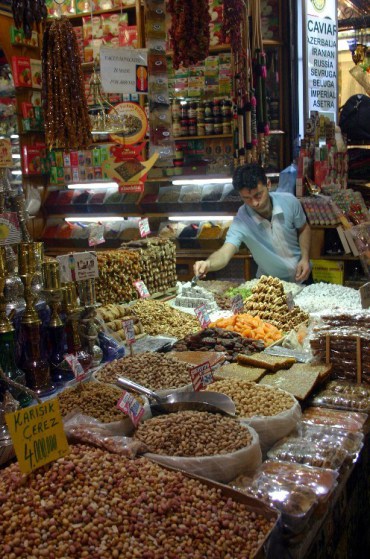





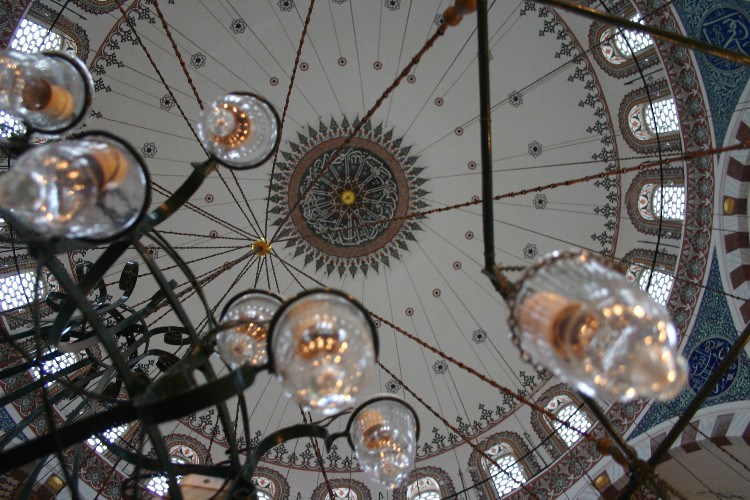
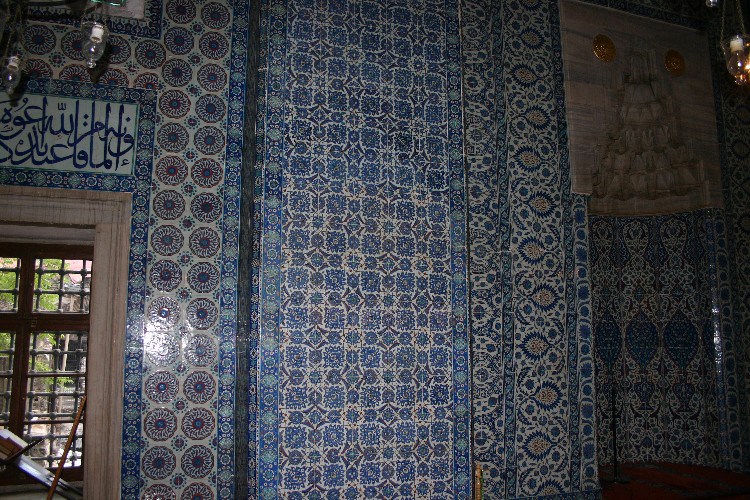
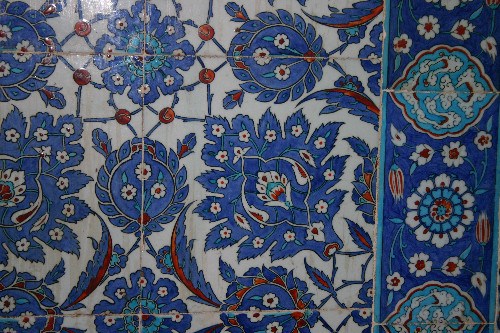

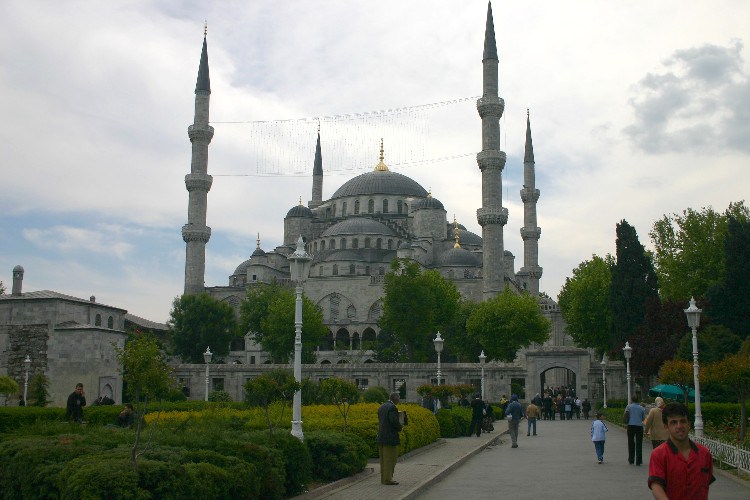

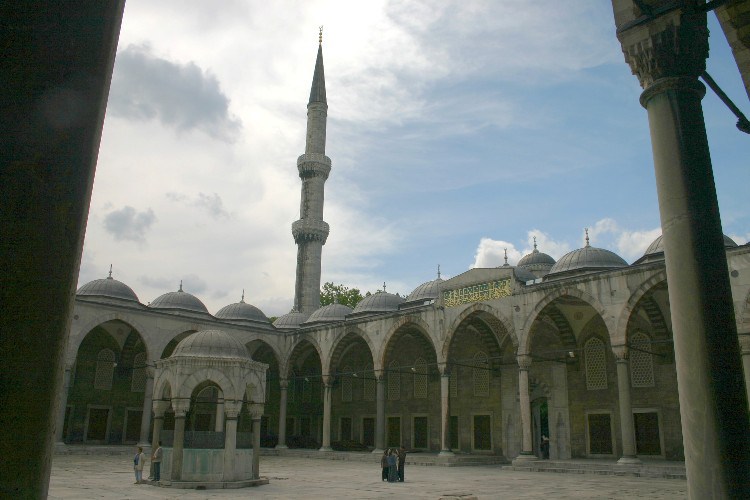
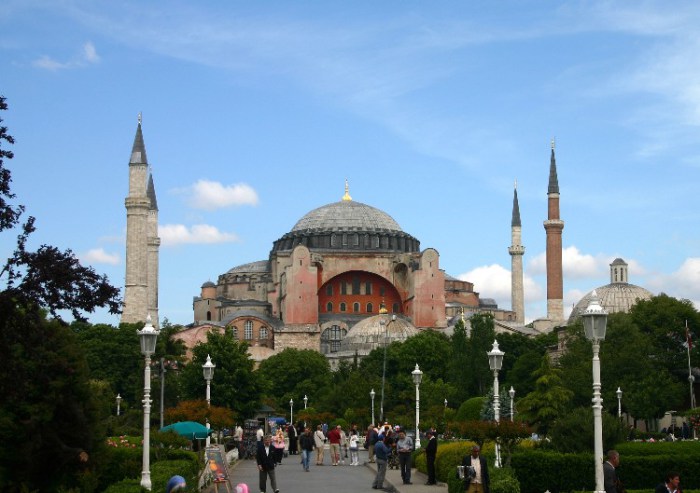
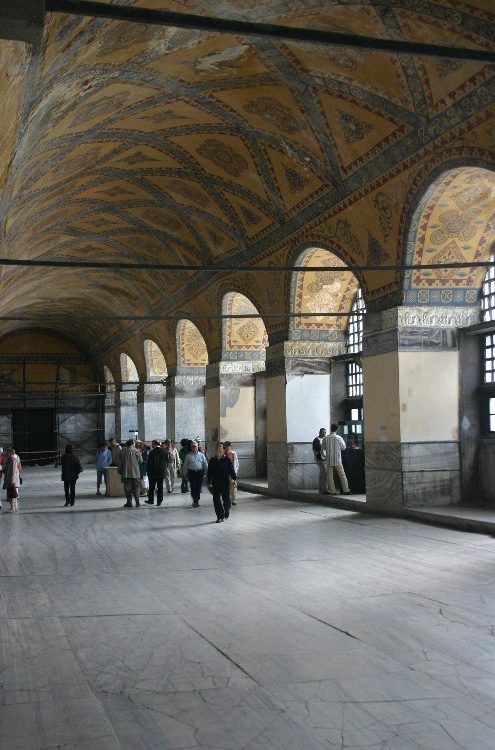
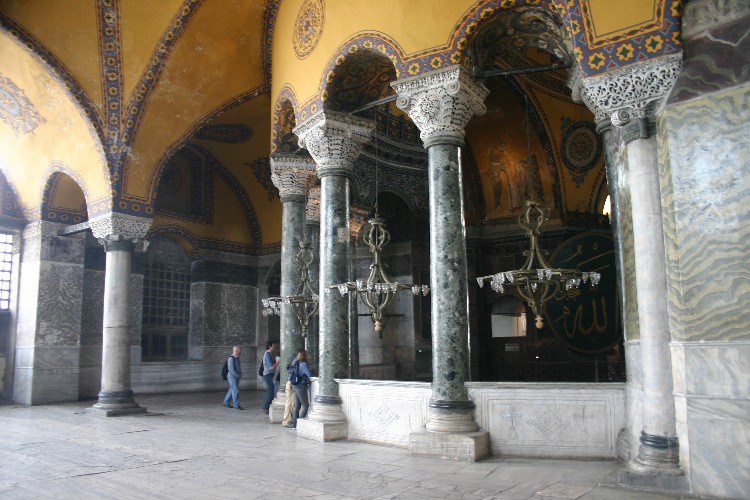
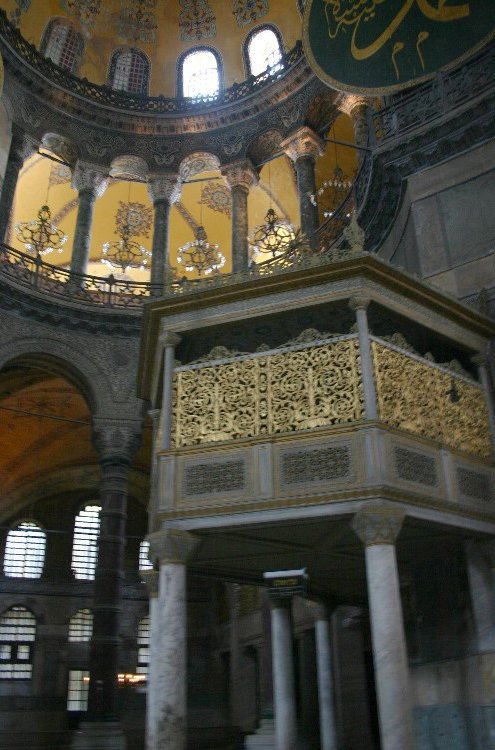
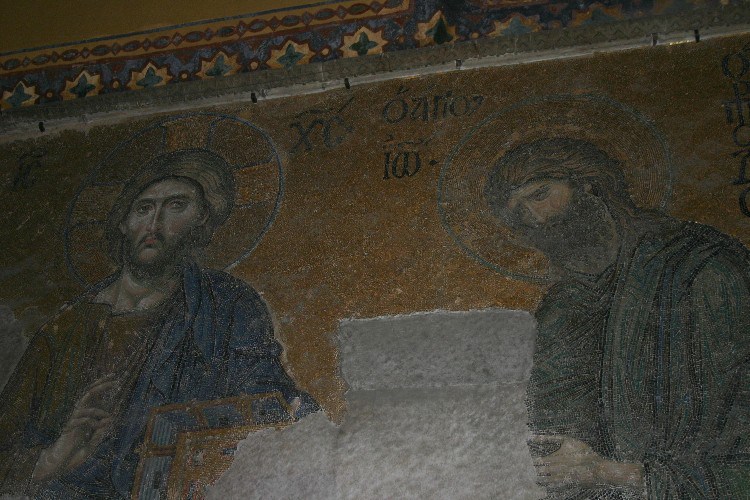
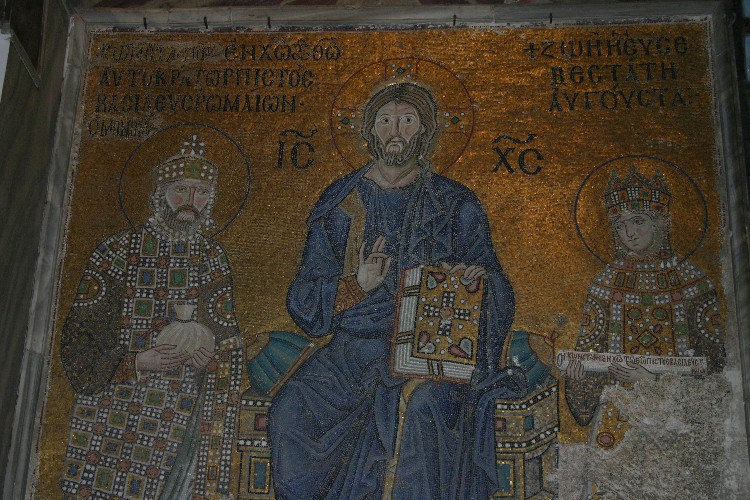

Comments


AuthorGreat photos of Istanbul! Turkey is one of my favorite countries! Follw my blog at http://traviscaulfield.wordpress.com. I look forward to reading more about your travels! Travis Caulfield


Authorthanks…more to come…Turkey was great…